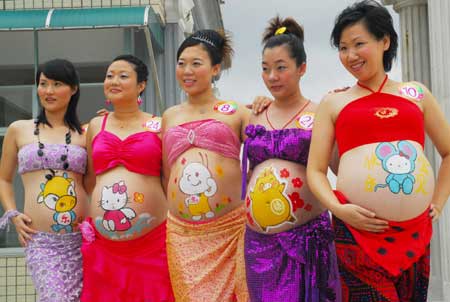| Home > Living in China > Custom |
Olympics in Chinese History: Hua and Wu Qin XI ( the frolics of the five animals)
Gymnastics is a free-hand or in the provision of equipment, the completion of the complex, coordinated action, and action based on the score or the difficulty of movement, with completion scheduled for the score given to the campaign, and so on, including gymnastics, rhythmic gymnastics, trampoline, body-building Gymnastics, sports skills in 5 projects.
In Eastern Han dynasty, Hua Tuo developed Wu Qin Xi after being inspired by movement of animals. Although it is a physical exercise for the purposes of health, its graceful action is close to gymnastics. Wu Qin Xi is a sort of game like shadowboxing. Muscle and arthrosis could be reenforced by exercise it day by day. The act detail is to imitate tiger's flutter forelimb, deer's stretching neck, bear's standing up and dropping down, monkey's vertical jump, and bird's fly. The exercise could calm down one's mood and relax body, combines physical movement with breathing, so that promotes blood circulation and strengthens health. Either Hua or his apprentice Wu Pu had longevity over 90 years by practice Wu Qin Xi chronically.
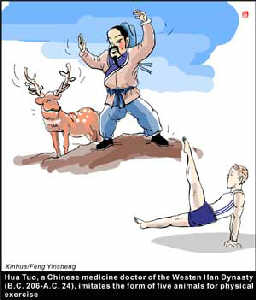
About Hua Tuo
Hua Tuo was born around 110 A.D., in Qiao of Peiguo (today called Haoxian or Bo) county, in what is now Anhui Province, one of the four major herb distribution centers of modern China. He lived for about 100 years, having died around 207 A.D. He is a famous physician of the Han Dynasty who is so widely respected that his name and image adorn numerous products (e.g., as a brand name for acupuncture needles and for medicated plasters) and a set of frequently used acupuncture points (called Hua Tuo Jiaji, see Appendix). He is known for the early qi gong exercise set known as the frolics of the five animals, in which one imitates the actions of tigers, deer, bears, apes, and birds; these practices were later incorporated into various health promoting martial arts practices, such as taijiquan. His name is always mentioned in relation to surgery, as he was considered the first surgeon of China, and one of the last famous surgeons of ancient China. He has been compared, in this regard, to Jivaka of India, who lived at the time of Buddha (about 500 B.C.) and was renowned for surgery, but had no significant successors until the modern era when surgery was reintroduced by Western doctors.
Art
 more
moreClassic Chinese Handicraft:
Porcelain pillows, as classic Chinese handicraft,
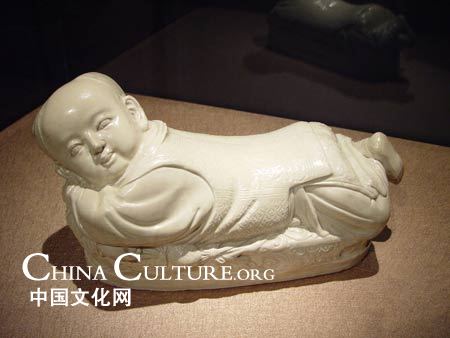
Chinese Treasures Returned from
As witness of Chinese culture and custom, countless treasures
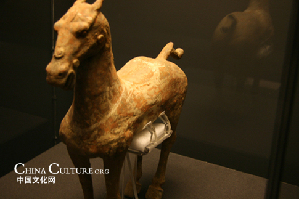
The lost legacy: classical music
Accompany by the long history of China, Chinese classical music
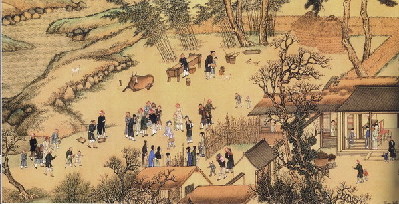
Customs
 more
moreChinese Kungfu
Kungfu Taste: Learn Martial Art in Shaolin Temple
The mention of Shaolin Temple conjures up images of a quiet and
Keet Kune Do will reappears on screen: BRUCE Lee and
The Legend of Bruce Lee is shot by China Central Television
The Road to the Olympic Games for Wushu
Wushu, also called kungfu, martial arts, is attracting more and more




 print
print  email
email  Favorite
Favorite  Transtlate
Transtlate 